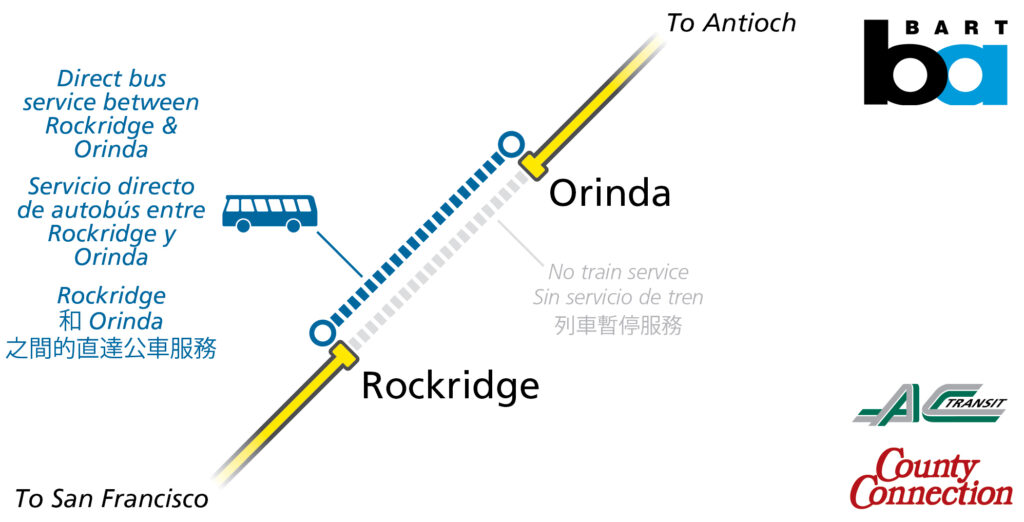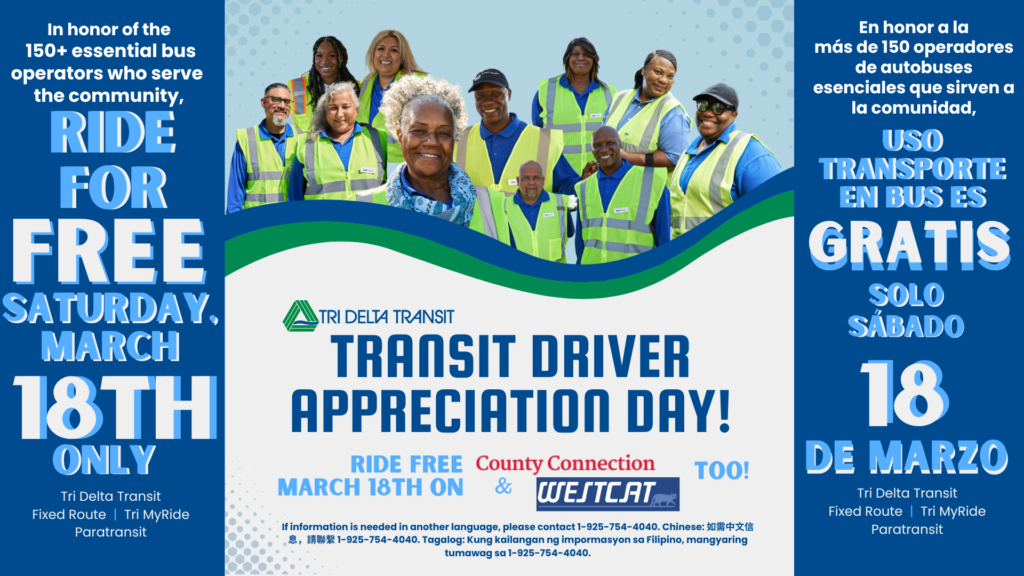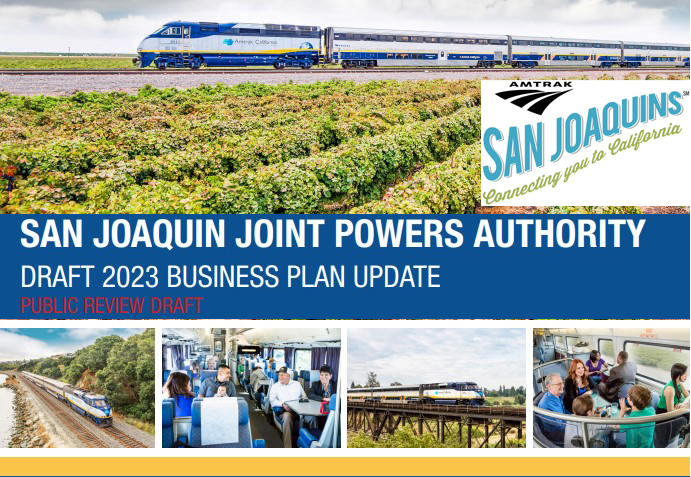Get Off Your Apps. April is Distracted Driving Awareness Month
Thursday, April 6th, 2023
By California Office of Traffic Safety
In the smartphone age, people are more connected than ever before, but also attempting to stay connected when they shouldn’t: behind the wheel. And it is not just cell phones. Distracted driving is anything that takes your eyes or mind off the road or hands off the steering wheel – especially when texting or using your phone.
Using your cell phone while driving is not only dangerous, but also illegal. In California, you cannot use a cell phone or similar electronic communication device while holding it in your hand. You can only use it in a hands-free manner, such as speaker phone or voice commands, but never while holding it. Any driver under the age of 18 is prohibited from using a cell phone for any reason.
Because engaging in distracting behaviors with a phone like dialing, talking, or texting is so dangerous (it increases the risk of getting into a crash by three times), The California Office of Traffic Safety started the “Put Your Phone Down. Just Drive” public awareness and education campaign. Like the “Silence the Distraction” campaign that started in 2015, it is intended to appeal to the smartphone culture and younger audiences – specifically those between the ages of 16 to 24. The youngest and most inexperienced drivers are most at risk when driving distracted. The campaign emphasizes that all functions of a phone can be distracting: using an app, shuffling through music or playing videos, looking at social media, maps or photos. They are all dangerous and illegal when you are driving, and the safest thing drivers can do is put down the phone and just drive.
And remember. Other serious driver distractions such as eating, grooming, reading, reaching for objects on the floor, changing clothes or talking with passengers are just as dangerous and can result in a “reckless driving” or “speed unsafe for conditions” ticket.
The “Put Your Phone Down. Just Drive.” PSA, along with tips, facts and other information about distracted driving laws and prevention, can be found at gosafelyca.org.
Additional information, programs and resources on distracted driving:
- OTS Distracted Driving Fact Sheet:For additional statistics and facts.
- National Safety Council:Studies and helpful reminders.
- Impact Teen Drivers:Helpful information for parents and teen drivers on distracted driving.

California’s Cell Phone Laws
Focus on the road, not your status. That phone call, text or email can wait. Put down the phone and just drive. Our roads are safer when they are distraction-free.
- California has a hands-free cell phone law, which prohibits drivers from holding a phone or other electronic device while behind the wheel.
- Drivers under the age of 18 may not use any mobile communications device at all, whether hands-free or hand-held.
- Starting July 1, 2021, violations that occur within 36 months of a prior conviction for the same electronic device violation is subject to a point against a driver’s record.
- If you need to make a call or send a text, pull over and park at a safe location.
- Avoid the temptation of using the phone while driving altogether! Put the phone in the glove box, trunk, or back seat; anywhere you cannot reach.
- Other distractions: deep conversations with passengers or fussy children in the back seat. If you find yourself in any of these situations, find a quiet, safe place to park and address the distraction!
#justdriveCA












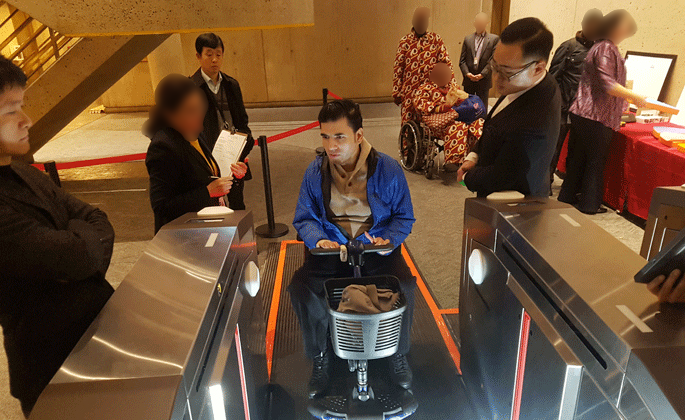
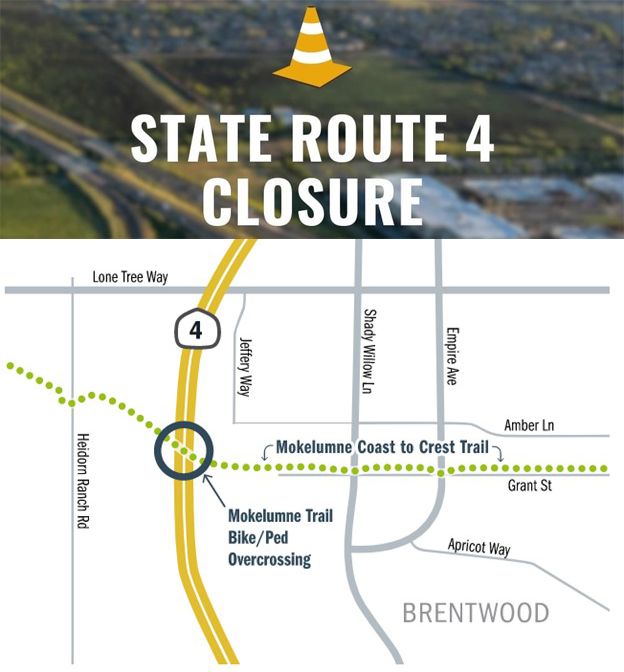
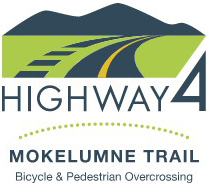 March 24th: Eastbound SR4 closure from midnight Friday until 6:00 a.m. Saturday.
March 24th: Eastbound SR4 closure from midnight Friday until 6:00 a.m. Saturday.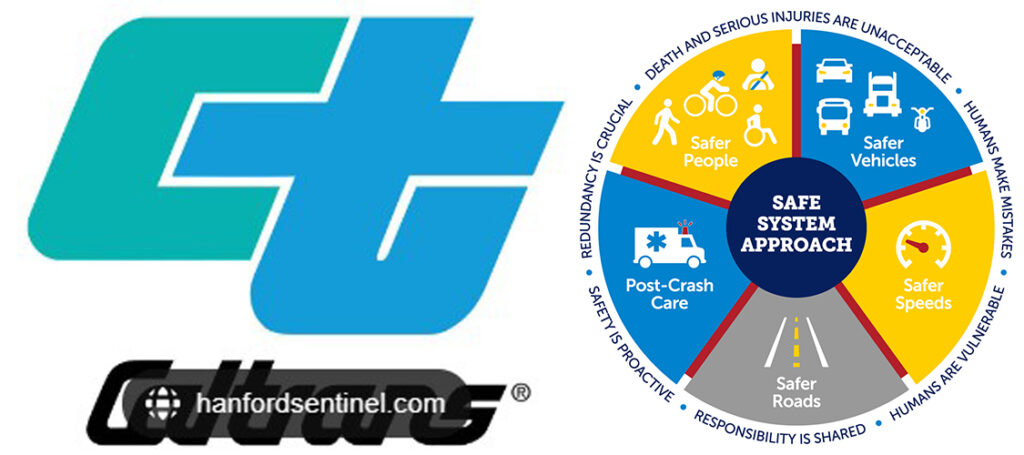
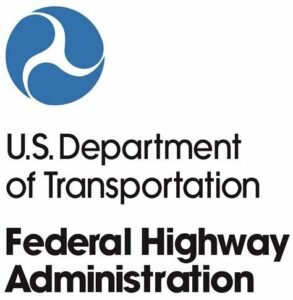 Caltran announced Thursday, March 9, 2023, that it is awarding more than $225.6 million for local projects with $19 million in Contra Costa County designed to reduce traffic deaths and serious injuries on city and county roads. Funding is provided through the
Caltran announced Thursday, March 9, 2023, that it is awarding more than $225.6 million for local projects with $19 million in Contra Costa County designed to reduce traffic deaths and serious injuries on city and county roads. Funding is provided through the 
